Smartphones have largely replaced compact cameras due to their convenience and improving quality, but there are still scenarios where a compact camera outperforms even the best smartphones. Different types of compact cameras offer features that smartphones can’t easily replicate.
One major limitation of smartphones is zoom capability. While many high-end phones have cameras with slightly longer focal lengths and use AI to simulate zoom, this approach has its limitations. Compact cameras, on the other hand, aren’t restricted by size and can feature optical zoom lenses, providing greater zoom reach than any smartphone.
However, there’s a trade-off: the small sensors in compact cameras designed for high zoom may not match the computational photography of modern smartphones in some situations. That said, superzoom cameras offer a level of zoom that smartphones simply can’t achieve, making them valuable for specific situations where reach is key. Despite the decline in their everyday use, compact cameras still have a role in certain photography needs.
1. Sony RX10 IV
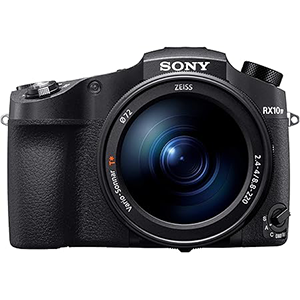
The Sony RX10 IV is a superzoom camera featuring a large 1-inch (13.2 x 8.8mm) Stacked CMOS sensor and a 24-600mm equivalent F2.8-4.0 zoom lens. This combination provides excellent image quality comparable to top smartphones while offering an impressive 24x optical zoom that no phone can match.
Though the RX10 IV’s autofocus isn’t as advanced as Sony’s newer models, its fast Stacked CMOS sensor and reliable face detection system make it great for tracking action. It can shoot at 24 frames per second, further extending its capabilities beyond smartphones.
The camera offers plenty of direct control, including a dedicated aperture ring, exposure compensation dial, and silent controls for video. It has a sturdy, weather-sealed body with a tilting touchscreen and a high-resolution OLED viewfinder. The F2.4-4.0 lens provides good light-gathering ability across the zoom range, maximizing the performance of its sensor. While the JPEG color may not be ideal for everyone, the detailed sharpening and noise reduction make low-light shots stand out.
The RX10 IV also delivers highly detailed 4K video with minimal rolling shutter, and includes mic and headphone jacks for audio. Although it’s expensive, its combination of zoom range, image quality, autofocus, and video capabilities makes it a versatile all-in-one solution for many shooting needs.
2. Nikon P1000
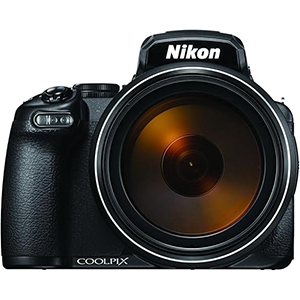
The Nikon Coolpix P1000 is a small sensor camera with an extraordinary zoom lens. Its 1/2.3-inch (6.17 x 4.55mm) sensor may be outperformed by a smartphone’s computational photography, but the P1000’s massive 24-3000mm equivalent lens is its standout feature.
While the small sensor limits its image quality, the incredible zoom lets you capture distant subjects that no smartphone or other camera can reach. At 1.4kg (3.2lbs), the P1000 is a hefty camera, and composing shots at 3000mm can be tricky as the stabilization struggles to fully counteract hand movement. A handy ‘snapback’ function allows quick zoom-out to help locate your subject. The fully articulating LCD isn’t touch-enabled, but smartphone connectivity works well.
Image quality varies with zoom; at shorter focal lengths, it’s comparable to other small-sensor cameras with good color but noticeable noise reduction. Raw shooting is available, allowing for more control over noise and shadows. At extreme zoom ranges, heat haze and the slow maximum aperture affect sharpness.
The P1000 offers solid video capabilities, capturing uncropped 4K at 30p, 1080/60p, and time-lapse options. It includes manual exposure, a zoom mic, and external mic support. While its zoom is unmatched, other cameras with larger sensors deliver better image and video quality for the price.
3. Sony ZV-1 II
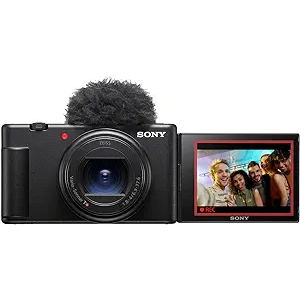
The Sony ZV-1 Mark II is the best of the three ZV-1 models, featuring an ideal 18-50mm equivalent F2.8-4.0 wide-angle lens for self-shot video. Its standout autofocus system includes a ‘Product Showcase’ mode, which smoothly shifts focus from the presenter to any object held up to the camera.
Designed with vlogging and selfies in mind, the ZV-1 Mark II is primarily touchscreen-controlled for ease of use while filming. It’s lightweight and comfortable to hold, though it has limited manual controls for those wanting more hands-on settings.
A major improvement over the original, the ZV-1 Mark II offers a more versatile zoom range that better suits selfie videos. With excellent video quality and reliable autofocus, this camera excels in automatic modes, making it perfect for users who prioritize simplicity and ease of use over manual control.
4. Canon G7X Mark III
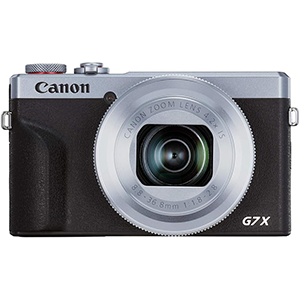
The Canon PowerShot G7X III is an enthusiast compact camera featuring a 20MP Type 1 (13.2 x 8.8mm) Stacked CMOS sensor and a bright 24-100mm equivalent F1.8-2.8 zoom lens. Its large sensor and versatile zoom range distinguish it from smartphones, but it’s the tactile controls that really enhance the shooting experience.
Despite being compact enough to fit in a jacket pocket, the G7X III has a solid grip and feels secure in hand. The ‘clicky’ control dials around the lens and rear of the camera offer easy adjustments for aperture, shutter speed, and ISO. The dedicated exposure compensation dial on the top plate is a welcome addition, providing a hands-on photography experience. Its 3″ tilting touchscreen is polished and responsive, making the interface easy to navigate.
The Mark III introduces notable upgrades in video quality and continuous shooting performance while keeping the intuitive controls and a competitive price. While there are other options with better wide-angle lenses, the Canon G7X III is an excellent choice for those seeking a pocketable, high-quality compact camera with enhanced manual control.
5. Sony RX100 VII
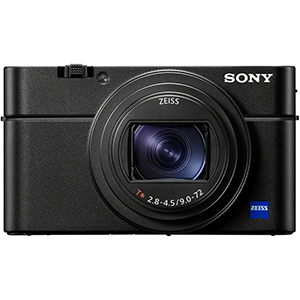
The Sony Cyber-shot DSC-RX100 VII features a 20MP Stacked CMOS sensor and a versatile 24-200mm equivalent zoom lens. While it’s not as bright at the long end compared to the zooms on the RX100 Mark VA or Canon G7X III, it offers significantly more reach in a compact form.
The RX100 VII is one of the most capable pocket-sized cameras ever made. It has a limited number of direct controls but provides extensive customization options to maximize their use. The responsive touchscreen allows for selecting focus points and initiating autofocus tracking in video mode. It also retains the popular single-press pop-up viewfinder from its predecessor.
With its excellent image and video quality, fast continuous shooting, versatile zoom range, and highly capable autofocus system, the RX100 VII stands out as the top compact camera on the market. However, its advanced features come at a premium price.
Conclusion
When it comes to zoom capabilities, compact cameras still outshine smartphones by offering optical zoom that far exceeds digital alternatives. Cameras like the Sony RX10 IV and Nikon Coolpix P1000 deliver impressive zoom ranges, with the RX10 IV providing a versatile 24-600mm lens and excellent image quality, while the P1000 boasts a staggering 3000mm reach.
For a more portable option, the Sony RX100 VII offers a flexible 24-200mm zoom in a pocketable size. While each camera has trade-offs, their zoom performance makes them ideal for photographers seeking greater reach and quality than smartphones can deliver.

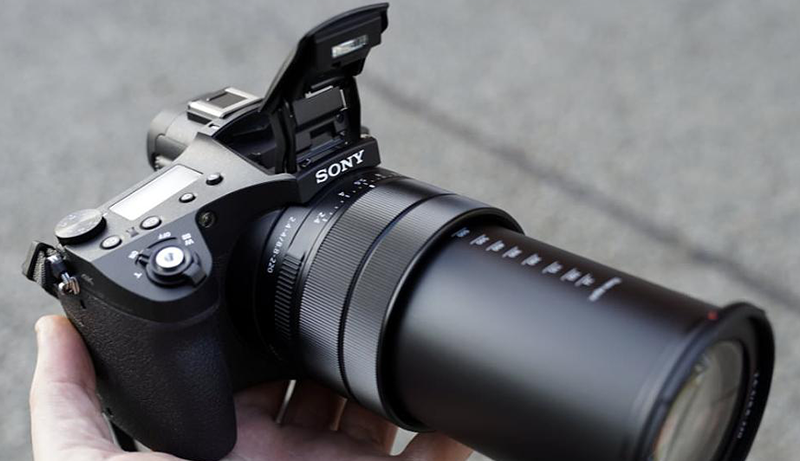
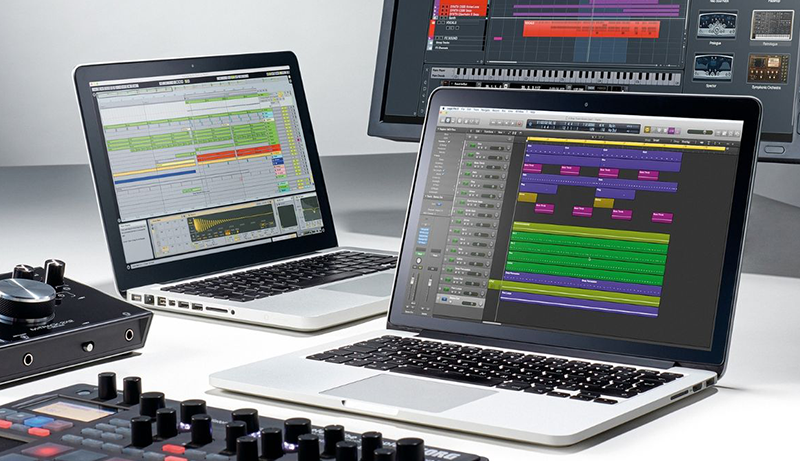
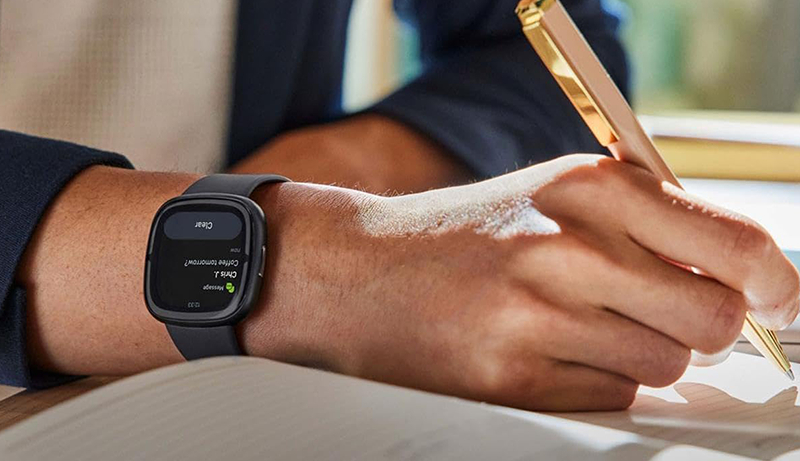
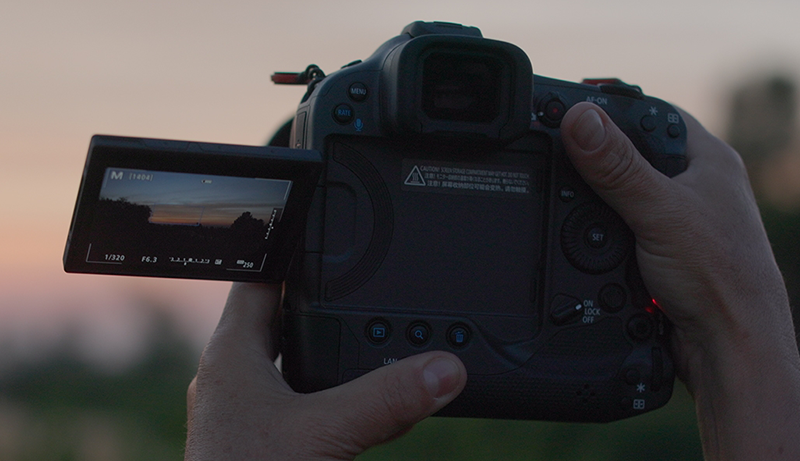
Leave a Reply